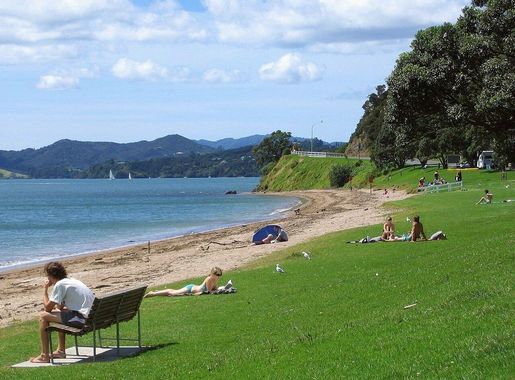
Bay of Islands: A Paradise of Natural Wonders
Discover the Bay of Islands, New Zealand: A haven of natural beauty, rich history, and vibrant Maori culture with pristine beaches and endless water activities.
The Bay of Islands, located in the North Island of New Zealand, is a stunning region known for its pristine beaches, clear waters, and rich history. This subtropical micro-region boasts 144 islands, making it an ideal spot for sailing, fishing, and other water activities. The area is steeped in Maori culture, offering a unique opportunity to learn about New Zealand's indigenous heritage. Visitors can explore the charming town of Paihia, which serves as a gateway to the Bay of Islands. Here, you can take a ferry to Russell, New Zealand's first capital, for a glimpse into the country's colonial past. Don't miss the historic Waitangi Treaty Grounds, where the treaty between the British Crown and Maori tribes was signed in 1840. The site offers guided tours and cultural performances that provide deep insights into New Zealand's history. For nature lovers, the Bay of Islands is a paradise. Take a boat tour to see the famous Hole in the Rock at Motukokako Island or swim with dolphins in the bay's warm waters. Hike through lush forests to discover hidden waterfalls, or simply relax on one of the many secluded beaches. The region also offers excellent opportunities for snorkeling and scuba diving, with vibrant marine life and underwater caves to explore.
Local tips in Bay of Islands
- Visit during the summer months (December to February) for the best weather and water conditions.
- Book dolphin-watching tours in advance, as they are very popular and can fill up quickly.
- Don't forget to bring sunscreen and insect repellent, especially if you plan to hike or spend time outdoors.
- Consider staying in Paihia for easy access to tours and attractions.
- Explore Russell on foot to fully appreciate its historical sites and charming atmosphere.
Bay of Islands: A Paradise of Natural Wonders
The Bay of Islands, located in the North Island of New Zealand, is a stunning region known for its pristine beaches, clear waters, and rich history. This subtropical micro-region boasts 144 islands, making it an ideal spot for sailing, fishing, and other water activities. The area is steeped in Maori culture, offering a unique opportunity to learn about New Zealand's indigenous heritage. Visitors can explore the charming town of Paihia, which serves as a gateway to the Bay of Islands. Here, you can take a ferry to Russell, New Zealand's first capital, for a glimpse into the country's colonial past. Don't miss the historic Waitangi Treaty Grounds, where the treaty between the British Crown and Maori tribes was signed in 1840. The site offers guided tours and cultural performances that provide deep insights into New Zealand's history. For nature lovers, the Bay of Islands is a paradise. Take a boat tour to see the famous Hole in the Rock at Motukokako Island or swim with dolphins in the bay's warm waters. Hike through lush forests to discover hidden waterfalls, or simply relax on one of the many secluded beaches. The region also offers excellent opportunities for snorkeling and scuba diving, with vibrant marine life and underwater caves to explore.
When is the best time to go to Bay of Islands?
Iconic landmarks you can’t miss
Waitangi Treaty Grounds
Explore the Waitangi Treaty Grounds, New Zealand's historic birthplace and cultural icon, where the nation's journey began.
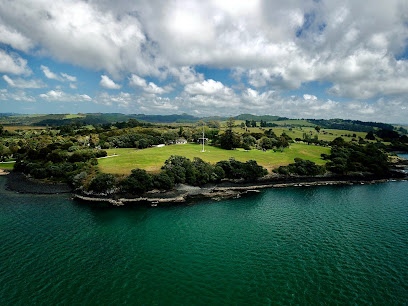
Paihia Wharf
Explore Paihia Wharf: A Gateway to Adventure and Natural Beauty in the Bay of Islands, New Zealand.

Haruru Falls
Discover Haruru Falls, a stunning waterfall in New Zealand that offers breathtaking views, serene walking tracks, and rich cultural experiences in nature.
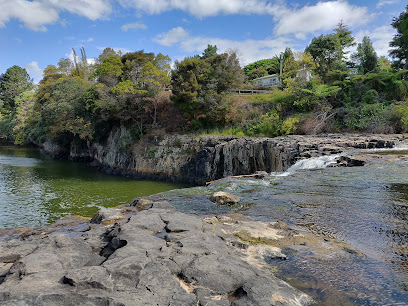
Cruise to the Hole in the Rock
Discover the breathtaking Hole in the Rock in New Zealand's Bay of Islands, where dolphins play and stunning landscapes await your exploration.
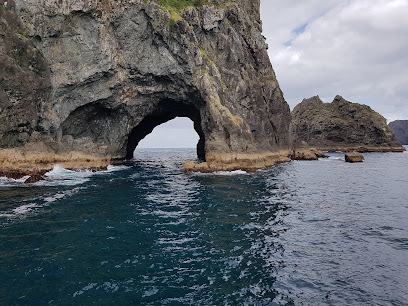
First New Zealand Capital
Discover Okiato Historic Reserve, the site of New Zealand's first capital, where history meets natural beauty in a serene park setting.
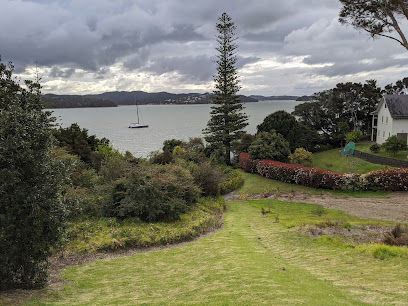
Motuarohia Island
Experience the serene landscapes and vibrant wildlife of Motuarohia Island, a hidden paradise in the Bay of Islands, New Zealand.
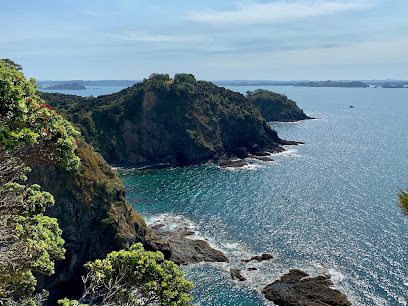
Waitangi Wharf
Experience the beauty of Waitangi Wharf, a gateway to adventure and culture in Paihia, New Zealand's stunning Bay of Islands.
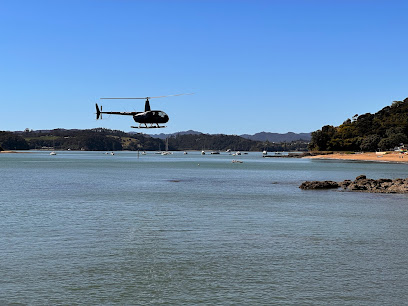
Must Do New Zealand
Discover the breathtaking beauty of New Zealand with Must Do New Zealand, your ultimate travel guide to unforgettable adventures in the Bay of Islands.
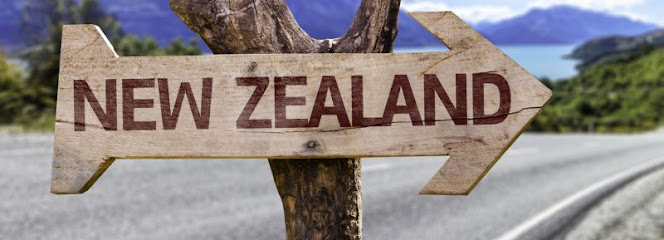
Unmissable attractions to see
The Parrot Place
Experience the vibrant world of exotic birds at The Parrot Place, a must-visit attraction in Kerikeri, New Zealand.
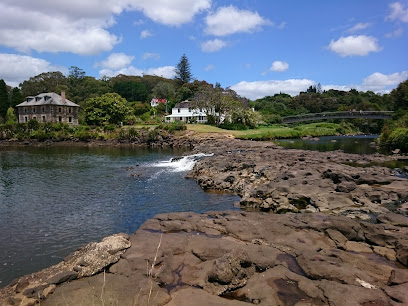
Te Kōngahu Museum of Waitangi
Immerse yourself in New Zealand's past at Te Kōngahu Museum of Waitangi, where history, culture, and breathtaking landscapes converge.
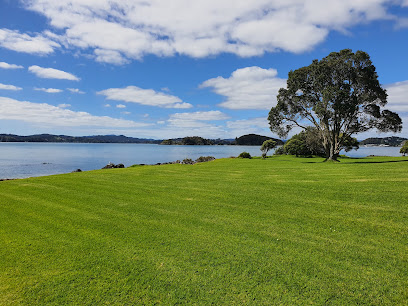
Pompallier Mission and Printery
Explore the historic Pompallier Mission and Printery in Russell, New Zealand, a landmark celebrating the region's missionary heritage and stunning coastal beauty.
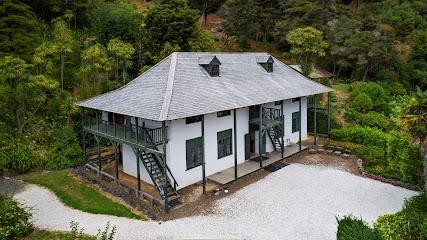
Russell Museum
Explore the captivating history and culture of Russell at the Russell Museum, where maritime tales and Māori heritage come alive.

Charlies Rock Waterfall
Discover the serene beauty of Charlies Rock Waterfall in Kerikeri, a breathtaking natural attraction that captivates visitors with its lush surroundings.
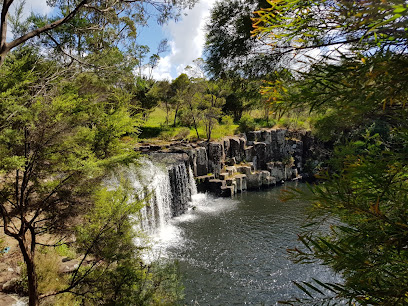
Bay Of Islands Snorkelling Ltd
Experience the vibrant marine life of New Zealand at Bay of Islands Snorkelling Ltd, an unforgettable snorkeling adventure amidst stunning underwater scenery.
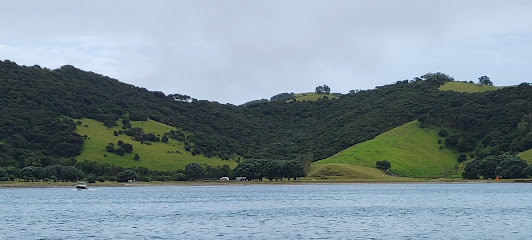
Tapeka Point Track
Explore the breathtaking Tapeka Point Track for stunning coastal views and rich history in Russell, New Zealand's outdoor paradise.
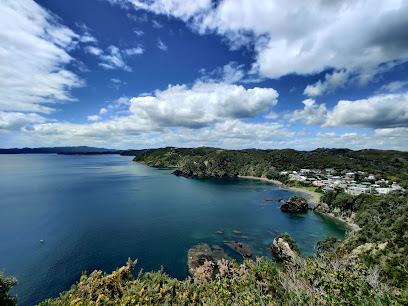
Christ Church, Russell
Explore the historic Christ Church in Russell, a peaceful Anglican church with stunning architecture and rich cultural heritage.
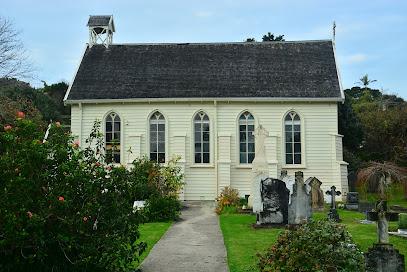
The Rock Adventure Cruise
Discover the breathtaking beauty of the Bay of Islands with The Rock Adventure Cruise, where adventure meets relaxation in New Zealand's stunning waters.

She's a Lady Sailing Adventures
Sail through the breathtaking Bay of Islands with 'She's a Lady Sailing Adventures' - an unforgettable maritime journey awaits you.
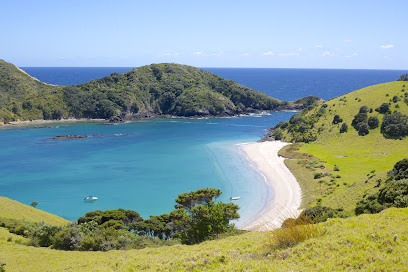
Sea Shuttle Bay of Islands
Discover the breathtaking beauty of the Bay of Islands with Sea Shuttle's unforgettable boat tours, perfect for adventure and relaxation alike.
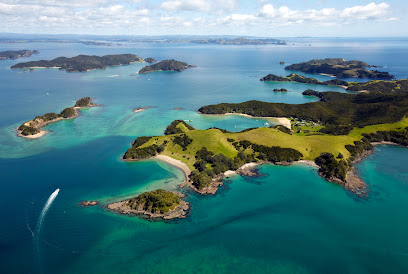
Carino Wildlife Cruises
Experience the beauty of New Zealand's marine life and breathtaking landscapes with Carino Wildlife Cruises in Paihia.
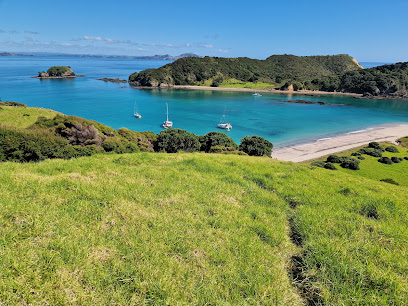
Maori War Canoe
Discover the rich cultural tapestry of New Zealand at the Maori War Canoe in Waitangi, where tradition meets breathtaking scenery.
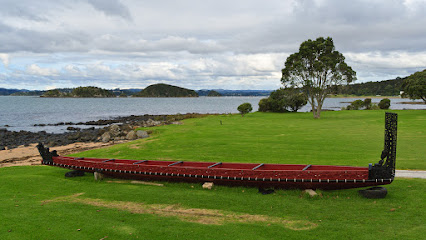
Opua Kauri Walk
Explore the Opua Kauri Walk, a stunning trail in Northland, New Zealand, showcasing ancient kauri trees and breathtaking natural beauty.
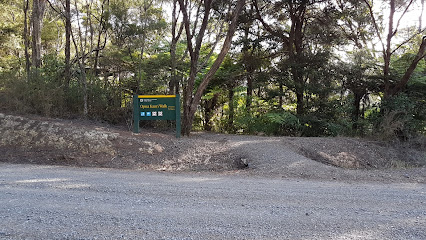
Dune Rider Tours
Discover the breathtaking landscapes of New Zealand's Bay of Islands with Dune Rider Tours, where adventure meets stunning natural beauty.
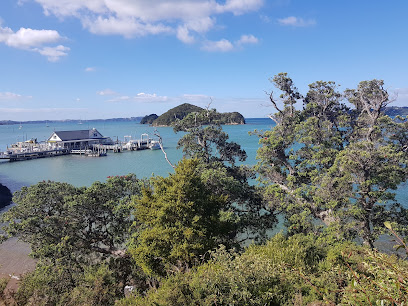
Essential places to dine
Zane Grey's Restaurant and Bar
Discover exquisite dining with breathtaking views at Zane Grey's Restaurant and Bar in Paihia - a must-visit culinary destination!
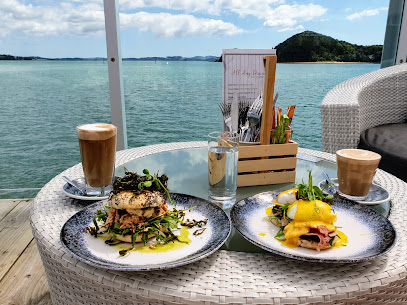
Jimmy Jack's Rib Shack
Experience unforgettable flavors at Jimmy Jack's Rib Shack in Paihia - home of succulent ribs and vibrant New Zealand cuisine.

Charlotte's Kitchen
Experience exquisite New Zealand cuisine at Charlotte's Kitchen in Paihia – where stunning views meet delightful flavors.
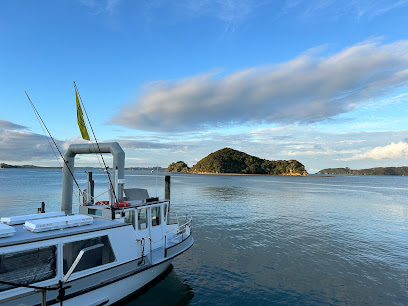
Otehei Bay Restaurant
Experience exquisite dining at Otehei Bay Restaurant with stunning views and fresh local cuisine in New Zealand's beautiful Bay of Islands.
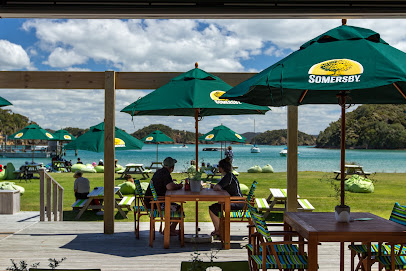
Alfresco's Restaurant & Bar
Experience exceptional dining at Alfresco's Restaurant & Bar in Paihia with stunning bay views and delicious local cuisine.
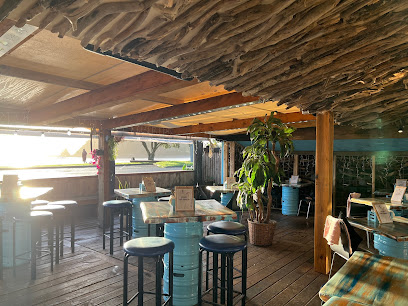
CBK Craft Beer and Kitchen
Savor delightful dishes and exceptional craft beers at CBK Craft Beer and Kitchen in Paihia - where every meal is an experience.
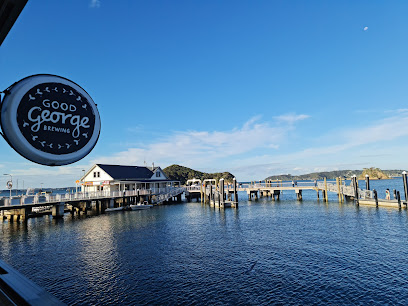
TIPSY OYSTER
Discover culinary excellence at Tipsy Oyster: your go-to destination for tapas and cocktails in Paihia's stunning Bay of Islands.
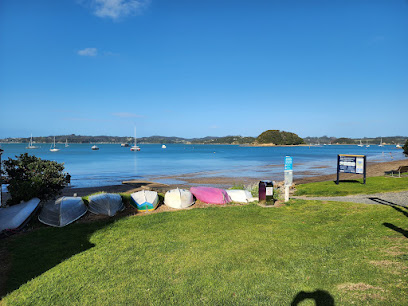
The Blue Door Paihia
Experience exquisite Asian fusion and European cuisine at The Blue Door Paihia – where every meal is a celebration of flavor amidst stunning views.
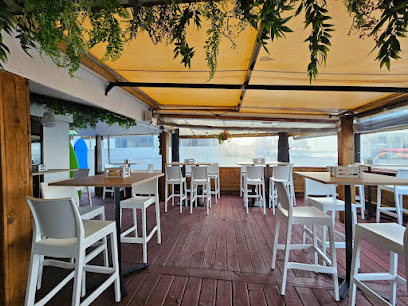
Terra Restaurant
Experience culinary excellence at Terra Restaurant in Paihia - where local flavors meet vibrant dining!
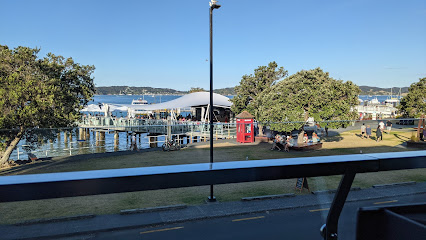
Glasshouse Kitchen and Bar
Experience exceptional dining at Glasshouse Kitchen and Bar in Paihia—where fresh local ingredients meet breathtaking views.
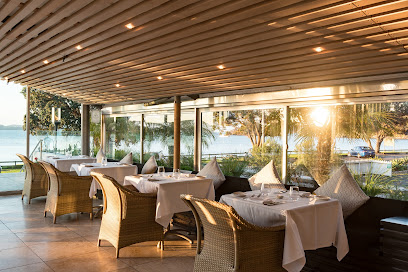
Swordfish Bar & Bistro
Experience delightful seafood dishes at Swordfish Bar & Bistro in Paihia - where local flavors meet stunning coastal views.
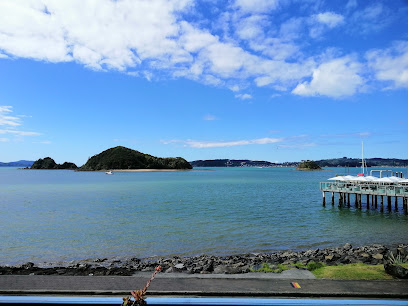
The Hideout
Experience exquisite local cuisine and breathtaking views at The Hideout in Paihia – a top destination for food lovers.
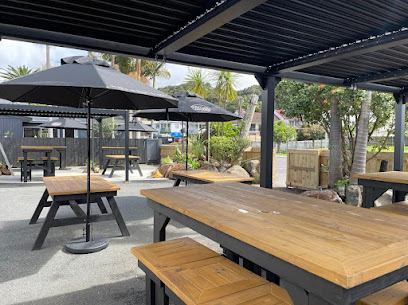
Jimmy Cooks Kiwi Kitchen Bay of Islands
Experience authentic New Zealand flavors at Jimmy Cooks Kiwi Kitchen in Bay of Islands - where culinary tradition meets modern flair.
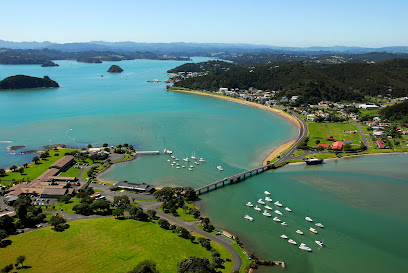
Nikau Restaurant
Experience exquisite dining at Nikau Restaurant with breathtaking views of Bay of Islands - where every meal is a celebration.
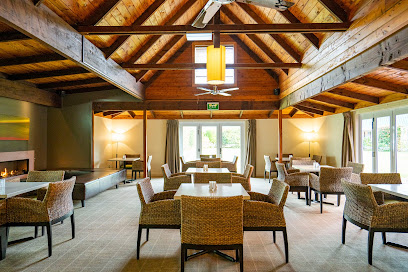
Reef Restaurant
Discover the culinary delights at Reef Restaurant in Paihia - where Western cuisine meets stunning coastal views.
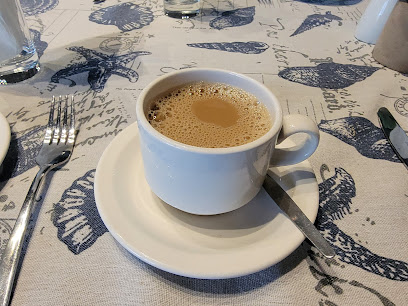
Markets, malls and hidden boutiques
Great Northern Traders
Discover your outdoor adventure gear at Great Northern Traders in Kerikeri, a premier sporting goods store with expert local insight.
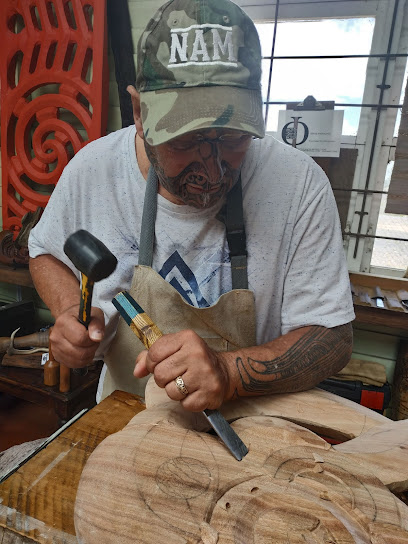
Gold 'n' Gifts
Explore Gold 'n' Gifts in Paihia for a unique shopping experience filled with handcrafted jewelry, souvenirs, and personalized treasures.
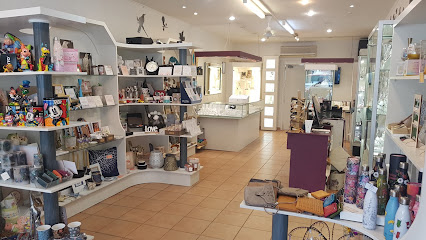
Flying Fish Design Store
Explore the essence of New Zealand craftsmanship at Flying Fish Design Store, where unique gifts and local artistry await your discovery.
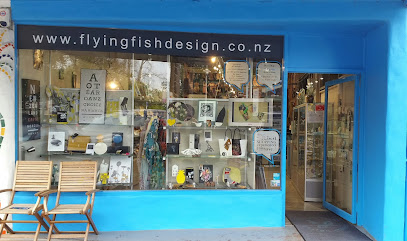
Paihia Dollars Shop
Explore Paihia Dollars Shop for unique souvenirs, home goods, and more in the heart of Paihia, New Zealand.
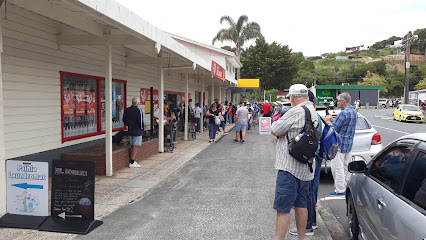
The Cabbage Tree
Explore The Cabbage Tree in Paihia for unique Kiwi gifts, clothing, and local art that capture the spirit of New Zealand.
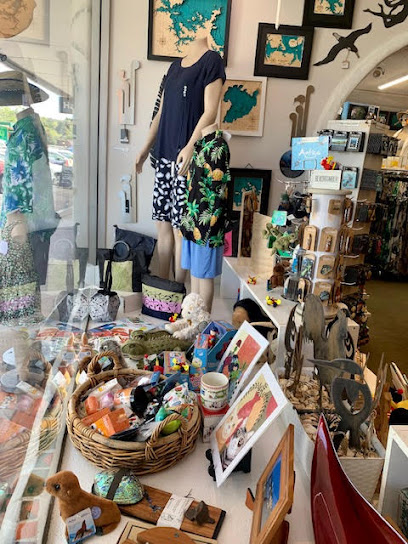
Focus Paihia Op Shop
Explore the sustainable shopping experience at Focus Paihia Op Shop, where every treasure has a story waiting to be discovered.
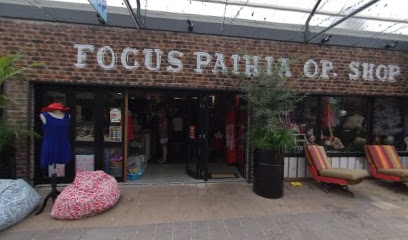
Ella & Co - Paihia
Explore Ella & Co in Paihia for a delightful array of local art, stylish clothing, and unique home goods that capture the essence of New Zealand.
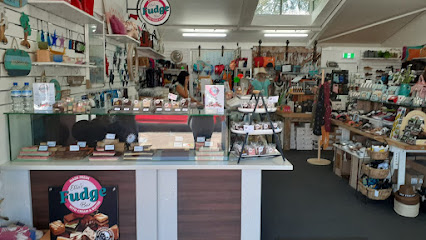
Paihia Trading Co.
Explore the Paihia Trading Co., your go-to shopping destination for local crafts, campervan facilities, and essential services in beautiful Paihia, New Zealand.
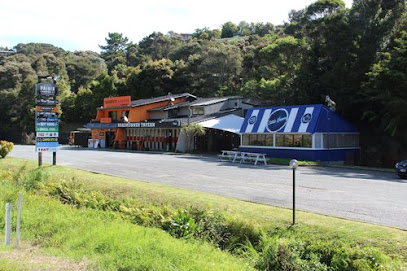
Rip Curl Paihia
Discover the ultimate surfwear at Rip Curl Paihia, where quality and style meet the spirit of New Zealand's beach culture.
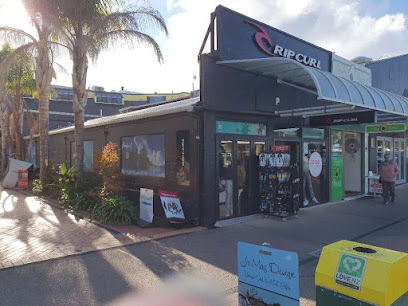
Little Giants NZ
Discover unique, eco-friendly home goods at Little Giants NZ in Paihia, where local craftsmanship meets sustainable living.
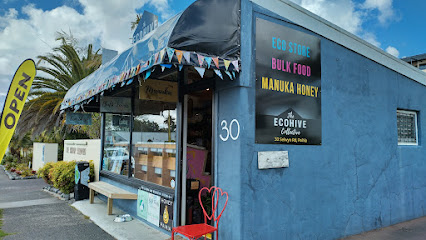
Max Kiwi | Russell Inspired Clothing
Discover unique clothing and souvenirs at Max Kiwi, capturing the essence of Russell's charm and beauty for visitors of all ages.
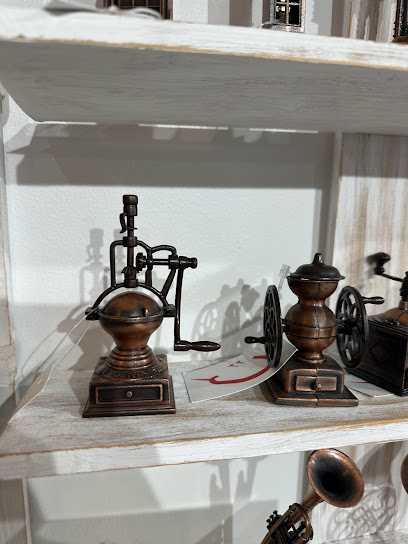
The Ecohive Collective Paihia
Explore sustainability at The Ecohive Collective in Paihia, featuring organic foods, eco-friendly products, and a welcoming community spirit.
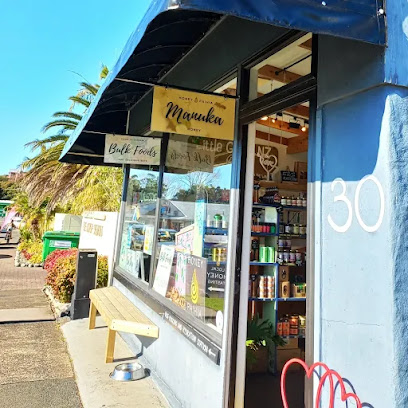
Badazz Apparel
Discover unique custom apparel at Badazz Apparel in Paihia, where vibrant designs meet high-quality materials for a perfect souvenir.
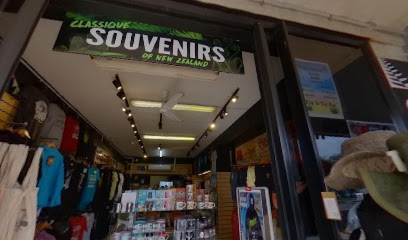
Ella & Co - Kerikeri
Explore unique gifts and local artisan products at Ella & Co in Kerikeri, a must-visit boutique for every traveler.

Selwyn Mall
Explore Selwyn Mall in Paihia for a unique shopping experience filled with local charm, artisanal goods, and delightful eateries.
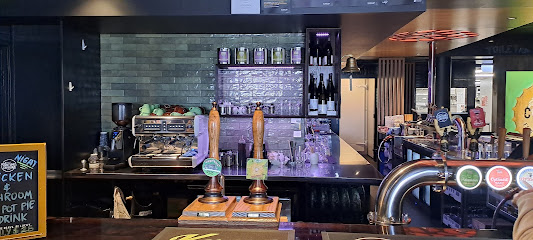
Essential bars & hidden hideouts
Zane Grey's Restaurant and Bar
Indulge in fresh, local cuisine with stunning views and live music at Zane Grey's Restaurant and Bar in Paihia.
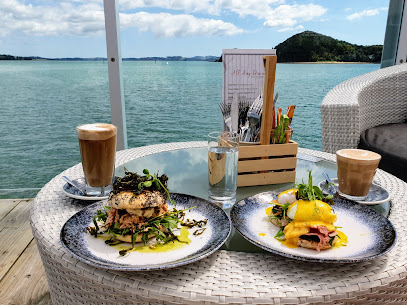
Charlotte's Kitchen
Experience the vibrant flavors and stunning waterfront views at Charlotte's Kitchen, the ultimate dining destination in Paihia.

Alfresco's Restaurant & Bar
Experience Alfresco's Restaurant & Bar for fresh seafood and stunning Bay views in Paihia, New Zealand.
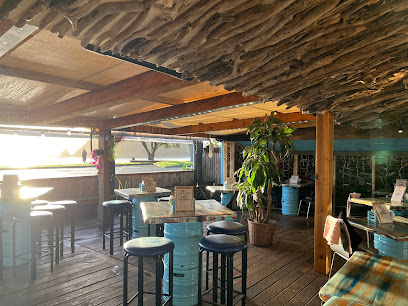
CBK Craft Beer and Kitchen
Discover the best of local craft beer and delicious cuisine at CBK Craft Beer and Kitchen in Paihia, New Zealand.
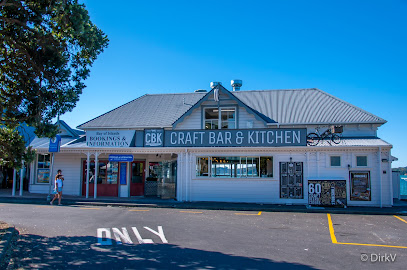
TIPSY OYSTER
Discover the vibrant culinary experience at Tipsy Oyster in Paihia, where delicious tapas and stunning views await every visitor.
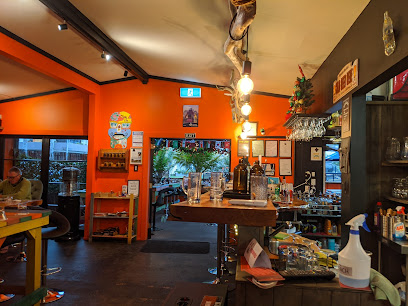
The Gables Osteria & Enoteca
Experience exquisite seafood and fine dining at The Gables Osteria & Enoteca in Russell, New Zealand, where culinary artistry meets stunning waterfront views.
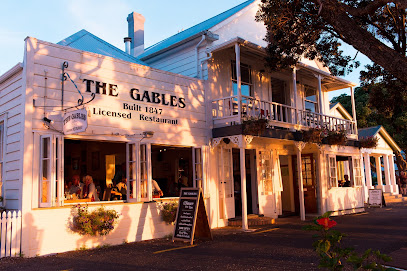
PhatHouse Brewing Co.
Discover the vibrant taste of Haruru at PhatHouse Brewing Co., where craft beer meets delicious pizza in a lively and welcoming atmosphere.
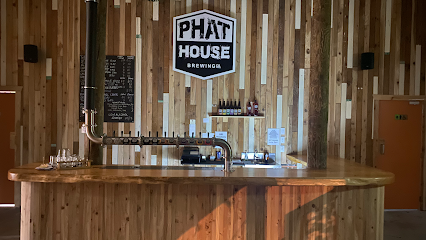
Terra Restaurant
Experience the finest in New Zealand cuisine at Terra Restaurant in Paihia, where local flavors meet culinary artistry.
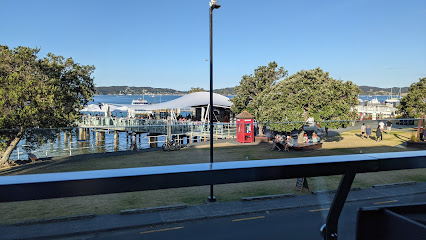
Paihia Ex-Servicemens Association (Paihia Club)
Discover the vibrant Paihia Ex-Servicemens Association, where local culture meets delicious dining and fun-filled entertainment in the heart of Paihia.
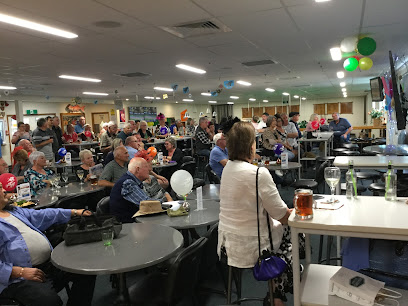
Paihia Sports Bar
Discover the vibrant Paihia Sports Bar, where tasty food, refreshing drinks, and live sports create the perfect atmosphere for relaxation and fun.
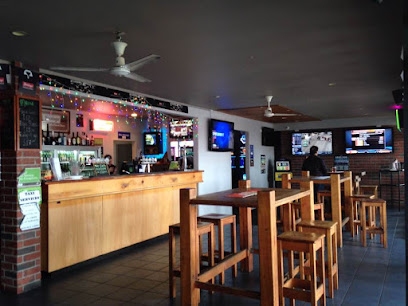
Roadrunner Tavern
Discover the vibrant atmosphere of Roadrunner Tavern in Opua, where delicious food, refreshing drinks, and great company await you.

Glasshouse Kitchen and Bar
Experience the culinary delights and stunning views at Glasshouse Kitchen and Bar in Paihia, where every meal is a taste of New Zealand's finest.
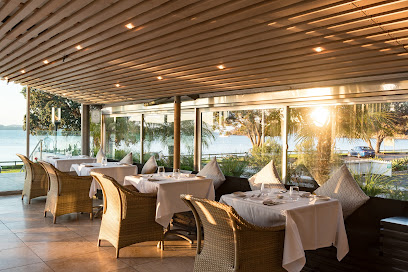
Sandpit Poolroom & Bar
Discover the lively Sandpit Poolroom & Bar in Paihia, where fun meets relaxation with pool games and a fantastic drink selection.
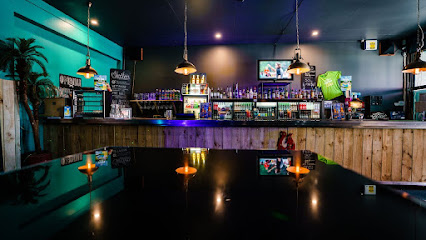
Swordfish Bar & Bistro
Discover the best of local cuisine with stunning views at Swordfish Bar & Bistro in Paihia, a hidden gem of the Bay of Islands.
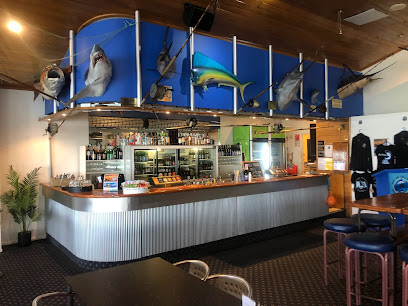
The Crafty Local
Discover the ultimate gastropub experience at The Crafty Local in Paihia, where fresh local cuisine meets a vibrant craft beverage selection.
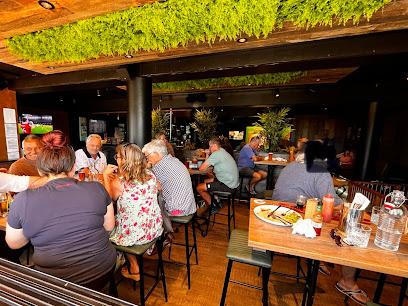
Local Phrases about Bay of Islands
-
- HelloKia ora
[kee-ah oh-rah] - GoodbyeHaere rā
[high-deh rah] - YesĀe
[eye] - NoKāo
[kah-oh] - Please/You're welcomeKoa
[koh-ah] - Thank youNgā mihi
[n-gah mee-hee] - Excuse me/SorryWhakamā
[fah-kah-mah] - How are you?Kei te pēhea koe?
[key teh pay-ha kweh] - Fine. And you?Kei te pai. Ā, koe?
[key teh pie. eye, kweh] - Do you speak English?He māori tō reo?
[heh mauree toh reh-oh] - I don't understandKaore au e mohio
[kah-oh-reh oh ee moh-hee-oh]
- HelloKia ora
-
- I'd like to see the menu, pleaseMe āta whakaatu i te menewa, koa
[meh ah-tah fah-kah-ah-too ee teh meh-neh-wah, koh-ah] - I don't eat meatKaore au e kai kau
[kah-oh-reh oh eh kai kow] - Cheers!Ū
[oo] - I would like to pay, pleaseKei te hiahia ahau ki te utu, koa
[key teh hee-ah-hee-ah ah-how kee teh oo-too, koh-ah]
- I'd like to see the menu, pleaseMe āta whakaatu i te menewa, koa
-
- Help!Āwhina!
[eye-fee-nah] - Go away!Haere atu!
[high-deh ah-too] - Call the Police!Karanga ki te Pirihimana!
[kah-rah-ngah kee teh pee-ree-hee-mah-nah] - Call a doctor!Karanga ki te Tohunga!
[kah-rah-ngah kee teh toh-hoo-ngah] - I'm lostI wareware ahau
[ee wah-reh-wah-reh ah-how] - I'm illKua mate ahau
[koo-ah mah-teh ah-how]
- Help!Āwhina!
-
- I'd like to buy...Me hiahia ki te hoko...
[meh hee-ah-hee-ah kee teh hoh-koh] - I'm just lookingKei te titiro tonu au
[key teh tee-tee-roh toh-noo oh] - How much is it?He aha te utu?
[heh ah-hah teh oo-too] - That's too expensiveHe nui rawa te utu
[heh noo-ee rah-wah teh oo-too] - Can you lower the price?Ka taea e koe te whakaiti i te utu?
[kah tie-ah eh kweh teh fah-kai-tee ee teh oo-too]
- I'd like to buy...Me hiahia ki te hoko...
-
- What time is it?He aha te wā?
[heh ah-hah teh wah] - It's one o'clockKotahi karaka
[koh-tah-hee kah-rah-kah] - Half past (10)Te tekau mā rima
[teh teh-kow mah ree-mah] - MorningAta mārie
[ah-tah mah-ree-eh] - AfternoonAhiahi
[ah-hee-ah-hee] - EveningPō
[poh] - YesterdayRāwhiti
[rah-fee-tee] - TodayTēnei rā
[teh-neh-ee rah] - TomorrowĀpōpō
[eye-poh-poh] - 1Tahi
[tah-hee] - 2Rua
[roo-ah] - 3Tori
[toh-ree] - 4Whā
[fah] - 5Rima
[ree-mah] - 6Ono
[oh-noh] - 7Whitu
[fee-too] - 8Waru
[wah-roo] - 9Iwa
[ee-wah] - 10Tekau
[teh-kow]
- What time is it?He aha te wā?
-
- Where's a/the...?Kei hea te...
[key hey-ah teh] - What's the address?Ko wai te wāhitau?
[koh why teh wah-hee-tow] - Can you show me (on the map)?Ka taea e koe te whakaatu mai ki ahau (i runga i te mahere)?
[kah tie-ah eh kweh teh fah-kah-ah-too my key ah-how ee roo-ngah ee teh mah-heh-reh] - When's the next (bus)?Āhea te (pahi) whakamua?
[eye-heh teh pah-hee fah-kah-moo-ah] - A ticket (to ....)He tiki (ki ....)
[heh tee-kee key]
- Where's a/the...?Kei hea te...
History of Bay of Islands
-
The Bay of Islands, known as 'Pēwhairangi' in Māori, has been inhabited by Māori tribes for over 700 years. The region's fertile land and abundant marine life made it an ideal place for early Māori communities. The Ngāpuhi iwi (tribe) became the dominant group in the area, establishing numerous pā (fortified villages) across the bay's many islands and peninsulas.
-
The Bay of Islands was among the first places in New Zealand to be visited by European explorers. In 1769, Captain James Cook anchored the HMS Endeavour in the bay, noting it as a significant and promising location. His arrival marked the beginning of increased European interest and eventual settlement in the region.
-
In the early 19th century, the Bay of Islands became the focal point for Christian missionary activity in New Zealand. The Reverend Samuel Marsden of the Church Missionary Society established the first mission station at Rangihoua in 1814. This period saw the introduction of European agricultural practices, education and religion to the Māori people, profoundly impacting their culture and society.
-
By the 1830s, Kororāreka (modern-day Russell) had become a bustling port and a notorious haven for whalers, traders, and adventurers. The town earned the nickname 'The Hellhole of the Pacific' due to its lawlessness, rampant vice, and frequent clashes between Māori and European settlers. Despite its wild reputation, Kororāreka played a pivotal role in the early trade and interaction between cultures.
-
One of the most significant events in New Zealand's history took place in the Bay of Islands with the signing of the Treaty of Waitangi on February 6th, 1840. The treaty, signed at the Waitangi Treaty Grounds, established a legal framework for British sovereignty while promising Māori chiefs protection of their lands and rights. This event is commemorated annually on Waitangi Day, a national public holiday in New Zealand.
-
The Bay of Islands was a significant location during the New Zealand Wars, particularly the Northern War (1845-1846). Key battles, such as the Battle of Kororāreka and the Battle of Ruapekapeka, were fought between British forces and Ngāpuhi warriors led by chiefs such as Hōne Heke and Kawiti. These conflicts were rooted in Māori resistance to British encroachment and the perceived failure of the Treaty of Waitangi's promises.
-
Today, the Bay of Islands is a vibrant area known for its cultural heritage and stunning natural beauty. The Waitangi Treaty Grounds remain a place of deep historical and cultural significance, offering visitors insights into New Zealand's founding document and the ongoing journey of partnership between Māori and the Crown. The region continues to celebrate its rich history through museums, cultural events, and preservation of historic sites.
Bay of Islands Essentials
-
The Bay of Islands is located in the Northland region of New Zealand. The nearest airport is Bay of Islands Airport (Kerikeri Airport), which has daily flights from Auckland. Alternatively, you can drive from Auckland, which takes about 3-4 hours along State Highway 1 and State Highway 10. Bus services are also available from Auckland to Paihia, the main tourist hub in the Bay of Islands.
-
Once in the Bay of Islands, getting around is relatively easy. Rental cars are available and offer the most flexibility. Shuttle services and taxis operate in the area, especially between popular destinations like Paihia, Russell, and Kerikeri. There are also ferry services that connect Paihia and Russell, providing a scenic way to travel between these towns. For a more leisurely experience, consider renting a bike or taking a guided tour.
-
The official currency is the New Zealand Dollar (NZD). Credit and debit cards are widely accepted, including at hotels, restaurants, and shops. ATMs are available in major towns like Paihia and Kerikeri. It's a good idea to carry some cash, especially when visiting smaller establishments or markets. Contactless payments are becoming more common, so having a card with this feature can be convenient.
-
The Bay of Islands is generally a safe destination for tourists. However, it's important to take standard precautions. Avoid leaving valuables in your car, especially in remote areas. Be cautious when swimming or participating in water activities, and always follow local advisories. There are no specific high-crime areas targeting tourists, but it's best to stay vigilant and aware of your surroundings.
-
In case of emergency, dial 111 for immediate assistance from police, fire, or medical services. The nearest hospitals are in Kawakawa and Kerikeri. It's advisable to have travel insurance that covers medical emergencies. For minor health issues, pharmacies are available in Paihia and Kerikeri. Always have a basic first aid kit with you when exploring more remote areas.
-
Fashion: Do dress comfortably and in layers, as weather can change quickly. Don't wear overly revealing clothing, especially in more remote or traditional areas. Religion: Do respect local customs and traditions. There are no strict religious dress codes, but it's always best to be respectful. Public Transport: Do use public transport options like ferries and buses, which are efficient and scenic. Don’t be loud or disruptive on public transport. Greetings: Do greet people with a friendly 'Kia ora' or 'Hello'. Shaking hands is common. Eating & Drinking: Do try local seafood and Maori cuisine. Don’t tip excessively, as it is not a common practice in New Zealand.
-
To experience the Bay of Islands like a local, visit the farmers' markets in Kerikeri for fresh produce and artisan goods. Take part in a traditional Maori cultural experience, which provides insight into the local heritage. Hire a kayak and explore the hidden coves and beaches. Engage with locals, who are generally friendly and happy to share their knowledge of the area. Don’t miss a visit to the Waitangi Treaty Grounds, an essential cultural and historical site.
Nearby Cities to Bay of Islands
-
Things To Do in Whangarei
-
Things To Do in Auckland
-
Things To Do in Hamilton
-
Things To Do in Tauranga
-
Things To Do in Rotorua
-
Things To Do in Taupo
-
Things To Do in New Plymouth
-
Things To Do in Gisborne
-
Things To Do in Whanganui
-
Things To Do in Napier
-
Things To Do in Palmerston North
-
Things To Do in Masterton
-
Things To Do in Wellington
-
Things To Do in Nelson
-
Things To Do in Blenheim




